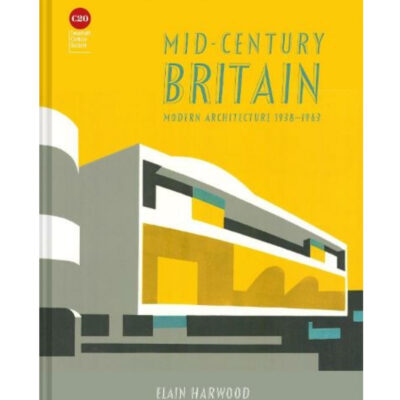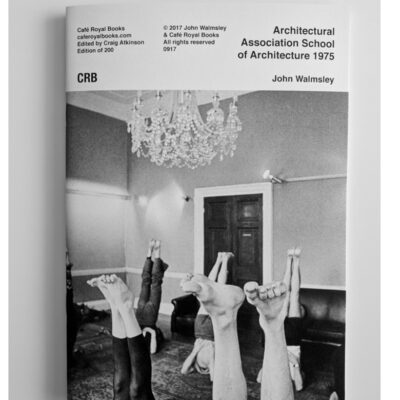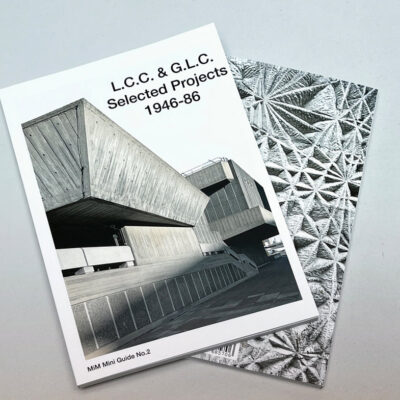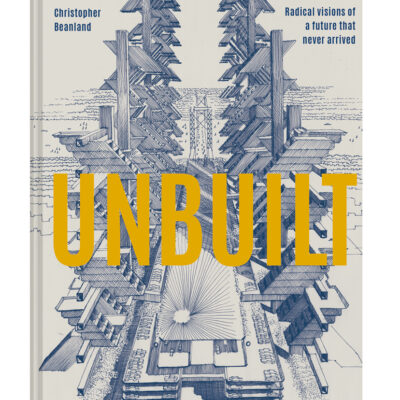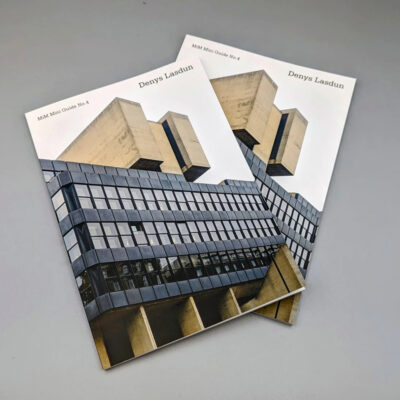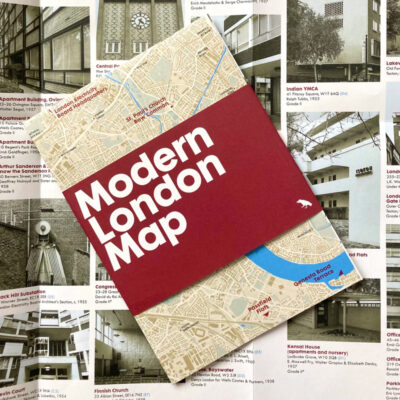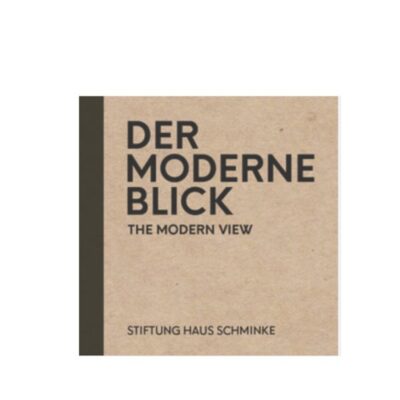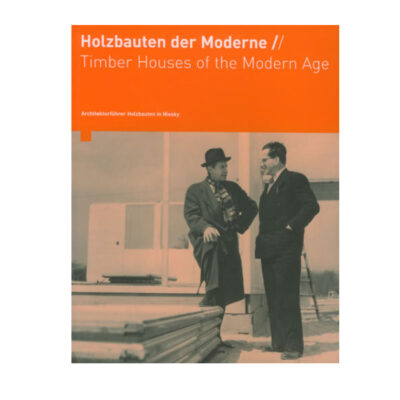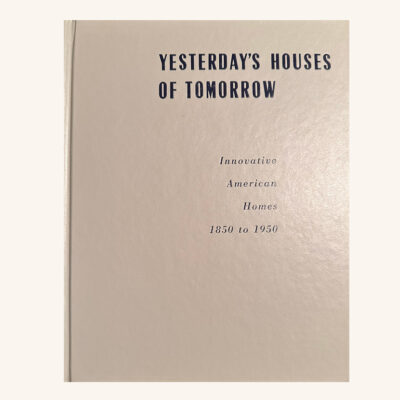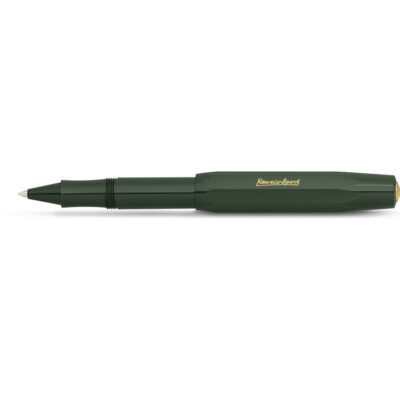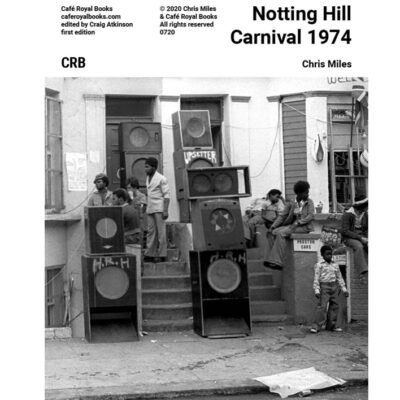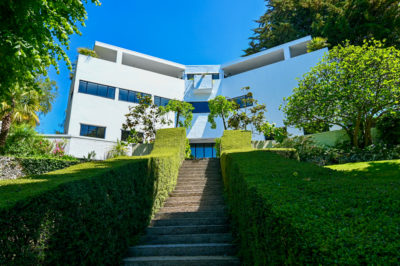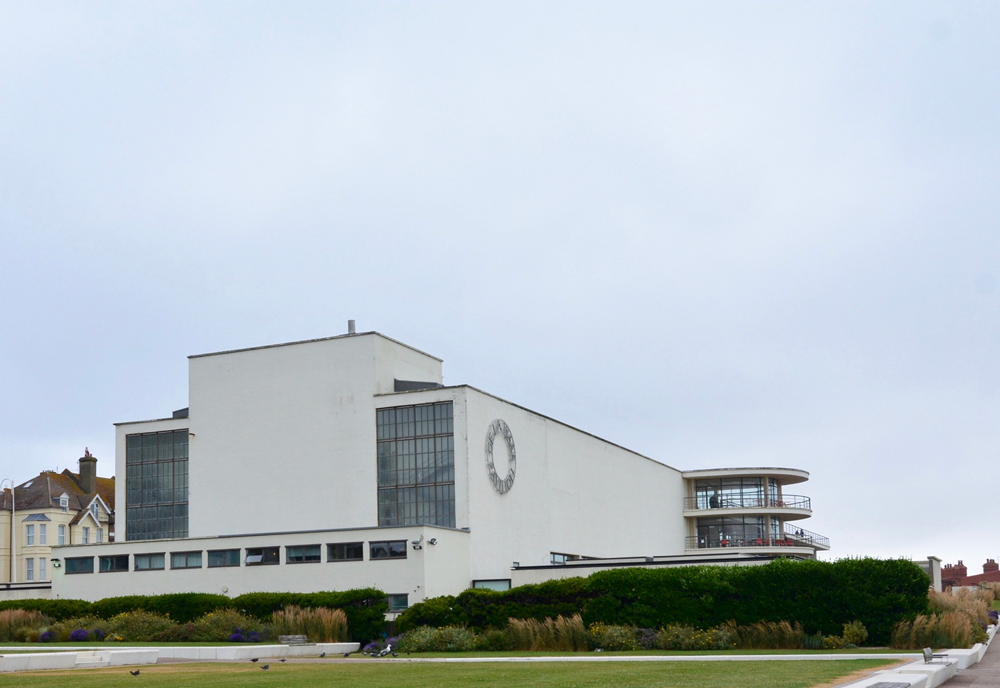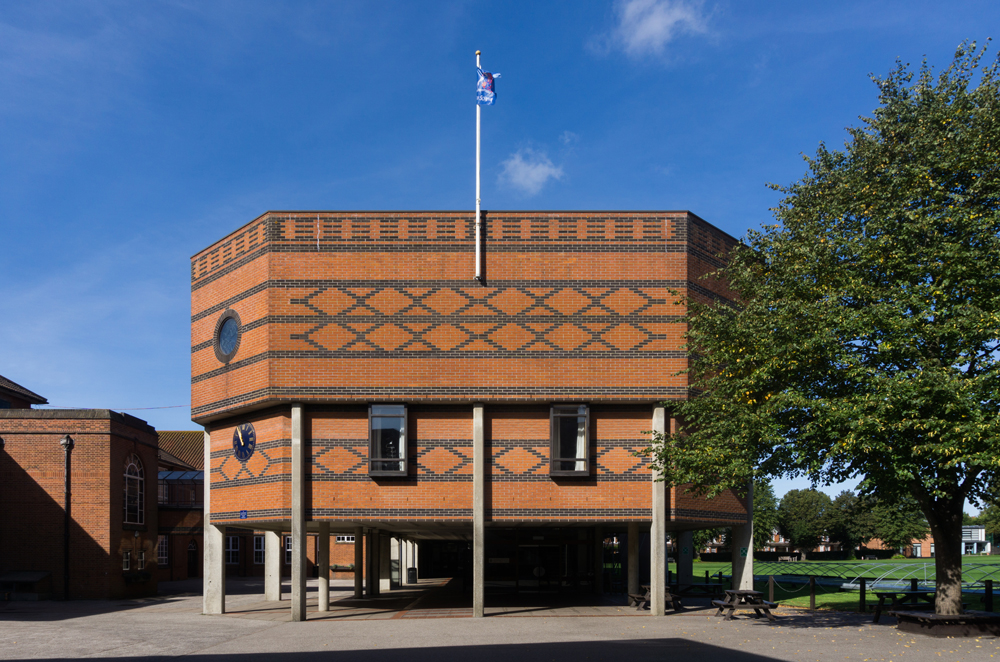
Birkin Haward
A career intertwined with Erich Mendelsohn and Serge Chermayeff
Born in Ipswich in 1912, Birkin Haward was an early adopter of Modernism. Articled locally before coming to London to study at Bartlett, he qualified in 1934. It would not be at all logical to think that within a year, he would be in Jerusalem working in partnership with one of Germany’s greatest modernist architects. But that is precisely what happened.
Haward had heard that Erich Mendelsohn and Serge Chermayeff had won the competition to build what is called today De La Warr Pavilion and wanted to be where the modernist action was in England. As soon as he had graduated he joined them in their London office in the Pantheon building on Oxford Street. This was exceedingly modest by the standards of what Mendelsohn had left behind. He’d fled Berlin the previous year, leaving behind the ‘world’s busiest modernist practice’ and, in doing so, likely saved his life. He arrived in London a refugee, to a city frankly hostile to immigrants, especially if they had a German accent. Chermayeff, a visionary and later Chairman of the Institute of Design in Chicago, formed a partnership with Mendelsohn. Haward would have recognised that he was in the presence of giants.
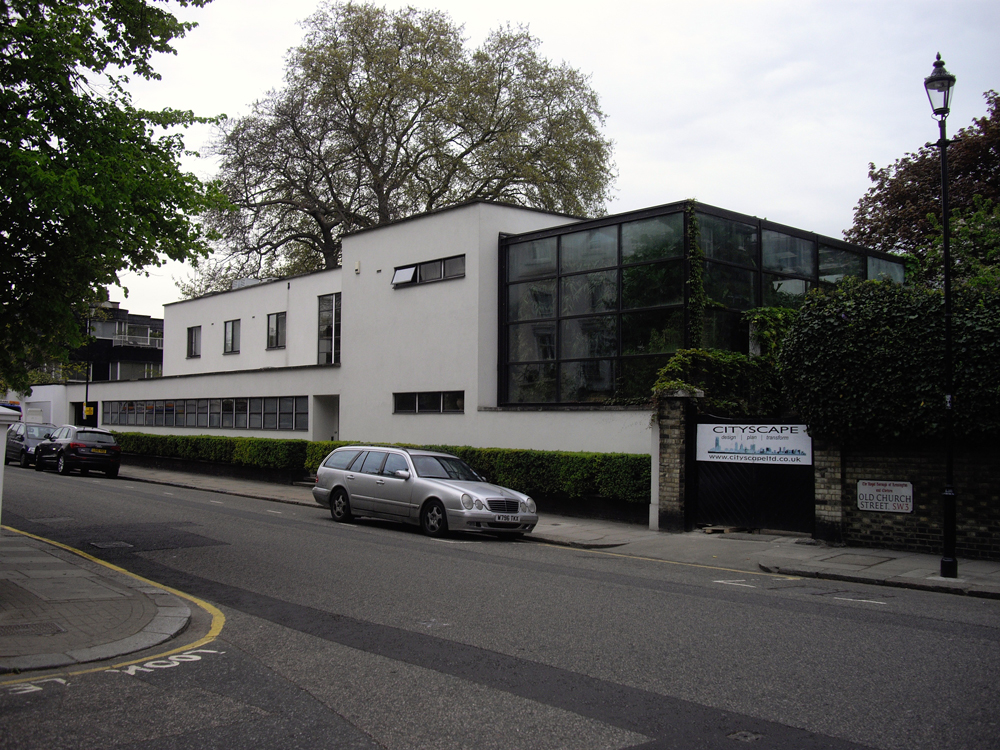
Cohen House, Chelsea 1935-36 Image Paul Farmer CC BY SA 2.0
Haward was assigned to Chermayeff and Mendelsohn’s 1935 project, Cohen House on Old Church Street in Chelsea. Built for the founder of Cressett Press, Dennis M. Cohen, member of the Jewish Refugee Committee involved in the Kindertransports from Germany and British publisher of writer, Patricia Highsmith. This project would have appealed to Mendelsohn at so many levels and inserted Birkin Haward into the heart of the modernist, intellectual, emigree set. The house is often bracketed in conversation with Levy House, which sits adjacent to it, designed by Walter Gropius and Maxwell Fry for playwright and Labour party Member of Parliament for the new constituency of Eton and Slough, Benn Levy and actress Constance Cummings. And, to cement the artistic powerhouse, the two houses shared a large garden.
By now Mendelsohn was in demand overseas and was commissioned to build several buildings in Jerusalem, British Mandate Palestine, and Haward also joined him there. The partnership ended in 1936; however, Haward continued working in Jerusalem until 1938.
The war paused his career, and Mendelsohn and Chermayeff left for America. Haward found his way back post-war to Ipswich, where he formed a local practice, Johns, Slater and Haward. Notable projects included Rushmere Infant School, winning the Festival of Britain architectural award in 1951. He was also involved in the creation of the new town of Welwyn Garden City and the post-war development of Ipswich
His artistry was passed to the next generation, his son also called Birkin Haward trained at the Architectural Association and worked with Norman Foster.
Birkin Haward, architect 1912-2002
Header photo of the Grade II listed Library and Teaching block at Ipswich School
Image CC BY SA 4.0 Sumit Surai




